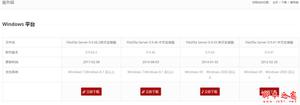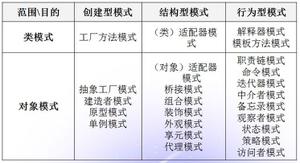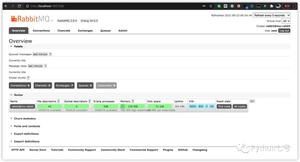使用Swift的UITableView
我的
这是习惯 UITableViewCell View
import UIKitclass TapCell1: UITableViewCell
{
@IBOutlet var labelText : UILabel
init(style: UITableViewCellStyle, reuseIdentifier: String!)
{
println("Ente")
super.init(style: UITableViewCellStyle.Value1, reuseIdentifier: reuseIdentifier)
}
override func setSelected(selected: Bool, animated: Bool)
{
super.setSelected(selected, animated: animated)
}
}
我的
正确设置了其所有数据源和代理。但是未显示我的自定义单元格。
import UIKitclass NextViewController: UIViewController, UITableViewDelegate, UITableViewDataSource
{
@IBOutlet var label: UILabel
@IBOutlet var tableView : UITableView
var getvalue = NSString()
override func viewDidLoad()
{
super.viewDidLoad()
label.text="HELLO GOLD"
println("hello : \(getvalue)")
self.tableView.registerClass(TapCell1.self, forCellReuseIdentifier: "Cell")
}
func tableView(tableView:UITableView!, numberOfRowsInSection section:Int)->Int
{
return 5
}
func numberOfSectionsInTableView(tableView:UITableView!)->Int
{
return 1
}
func tableView(tableView: UITableView!, cellForRowAtIndexPath indexPath: NSIndexPath!) -> UITableViewCell!
{
var cell = tableView.dequeueReusableCellWithIdentifier("Cell", forIndexPath: indexPath) as TapCell1
cell.labelText.text="Cell Text"
return cell
}
override func didReceiveMemoryWarning() {
super.didReceiveMemoryWarning()
// Dispose of any resources that can be recreated.
}
}
问题是我的自定义单元格未显示。请提出我做错的任何事情。
回答:
我终于做到了。
import UIKitclass TapCell1: UITableViewCell {
@IBOutlet var labelTitle: UILabel
init(style: UITableViewCellStyle, reuseIdentifier: String!) {
super.init(style: UITableViewCellStyle.Value1, reuseIdentifier: reuseIdentifier)
}
}
import UIKitclass NextViewController: UIViewController, UITableViewDelegate, UITableViewDataSource {
@IBOutlet var tableView: UITableView
var ListArray=NSMutableArray()
override func viewDidLoad() {
super.viewDidLoad()
let nibName = UINib(nibName: "TapCell1", bundle:nil)
self.tableView.registerNib(nibName, forCellReuseIdentifier: "Cell")
for i in 0...70 {
ListArray .addObject("Content: \(i)")
}
}
func tableView(tableView: UITableView!, numberOfRowsInSection section: Int)->Int {
return ListArray.count
}
func tableView(tableView: UITableView!, heightForRowAtIndexPath indexPath: NSIndexPath) -> CGFloat {
return 51
}
func numberOfSectionsInTableView(tableView: UITableView!) -> Int {
return 1
}
func tableView(tableView: UITableView!, cellForRowAtIndexPath indexPath: NSIndexPath!) -> UITableViewCell {
let cell = tableView.dequeueReusableCellWithIdentifier("Cell", forIndexPath: indexPath) as TapCell1
//cell.titleLabel.text = "\(ListArray.objectAtIndex(indexPath.item))"
cell.labelTitle.text = "\(ListArray.objectAtIndex(indexPath.row))"
return cell
}
}
我的工作代码链接:自定义表
以上是 使用Swift的UITableView 的全部内容, 来源链接: utcz.com/qa/420818.html








